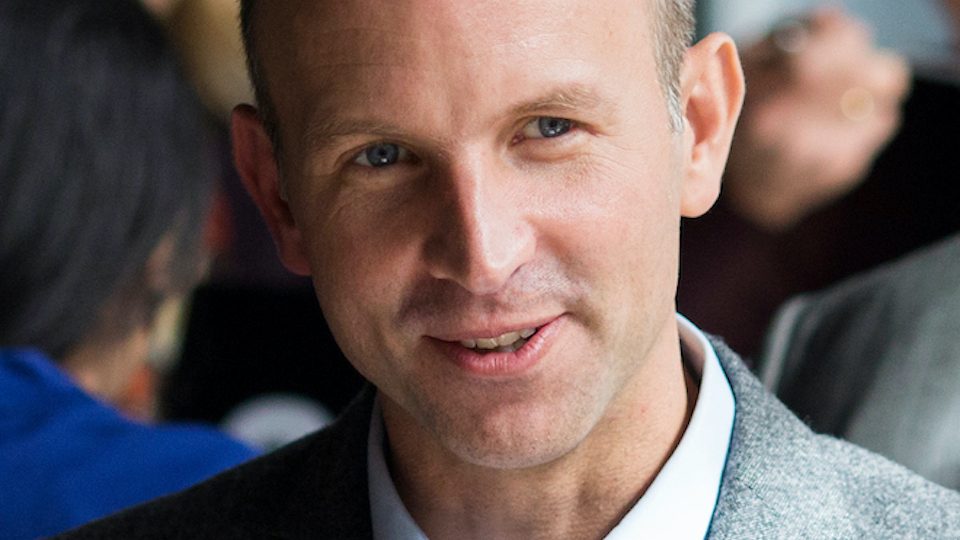“News organisations are generally frozen in their practices and systems,” said Kevin Delaney at the Newsrewired conference last week. He cited the research by Lynda Gratton, a professor at London Business School, looking at the covid-19’s impact on workplace trends now and in the times ahead.
Delaney is a former Wall Street Journal tech reporter, co-founder of digital business news website Quartz, and most recently the co-founder of Reset Work, a media startup covering work and management. In all these roles, he has seen first-hand how news organisations undergo change.
“Sometimes there are exceptional moments that unfreeze them,” he continues. “The pandemic has been a phenomenon that has unfrozen them and allowed them to reassess their practices.”
It is not just working from home; the pandemic has pulled other important subjects into the spotlight. It has forced discussions about adequate support for mental health, maintaining a healthy and flexible work-life balance, and addressing newsroom biases when it comes to who gets the big stories and pay rises.
We know that organisations didn’t actually work for a lot of people.
The concern for Delaney is that this window for change is rapidly closing. The financial industry, for instance, is already returning to the 9-5 status quo. There will be a ‘refreezing moment’ when practices will set, so the media industry must capitalise on the opportunity to make changes now if we want to see them last.
“There is a chance to transform these organisations so it’s not a transition back to how things were being done before, but rather a transformation to work better for people – and we know that organisations didn’t actually work for a lot of people.”
Not returning to the status quo
A five-day week commuting into the physical workspace is what we all got used to and it was seldom questioned. But this is a relic of the print industry which did not require staff to be as collaborative and creative as they are now.
Add to that the strain of maintaining those hours while responding to other demands. If your staff have accessibility issues, or they care for children or elderly relatives, this can be an important source of stress. Without empathetic management, talent will leave newsrooms for places that offer better working conditions.
A hybrid model is widely touted as the favoured way forward for the media industry, like a 3:2 ratio of days in the newsroom and working from home. This would allow staff to be present for highly collaborative projects where immediate dialogue is needed, but also spare them the commute on days spent writing or editing stories.
This model is good for morale, according to Delaney, but also crucial to overcome “proximity bias” where the most familiar faces in the workspace become disproportionately likely to receive salary rises and big projects as they appear more engaged.
You’re shifting from looking for people to be sitting in their chair in the office, to getting work done.
Stipulated days where all team members must be present could help fight this bias but managers must ensure this does not discriminate against caregivers (a preferable gender-neutral term for anyone looking after dependants). Hybrid working models and flexible hours are essential for these staff.
What that means in practice is a culture shift; determining the value of staff based solely on their output rather than their hours on the clock.
“You’re shifting from looking for people to be sitting in their chair in the office, to getting work done, and having clear goals and feedback from managers about what they are supposed to accomplish,” says Delaney.
“In that setting, people who are caregivers who require a bit more flexibility should just be able to deliver just as well as anyone else whilst their hours might be different to others.”
The burden of leadership
A Reset Work survey identified that the top concern amongst managers returning to work is inadequate training for supporting staff’s mental health.
Managers need to be more in touch than ever with their teams and pay attention to work-life balance and levels of fatigue.
“The requirement for being a really good manager these days is having some of the skills of a therapist,” says Delaney.
“You’re able to talk to people, understand their blockers and what their personal goals are. People are not fully comfortable with having the personal and professional bleed into each other, but that’s the reality and you’re in denial if you’re not doing something about that.”
He advised managers to set personal goals for staff whilst they set professional ones on reviews.
There is still a prevailing notion of ‘put up or shut up’ in newsrooms, where journalists must ‘soldier through’ their difficult emotions. Delaney called for more systematic channels for staff to access support, but recognised the role managers must play.
It is important for managers to give genuine praise and recognition. A source of burnout can also come from the feeling that one’s work is going unnoticed. Simply having more feedback mechanisms in place could be a practice worth establishing.
Returning to work for the better is not just about ironing out how physical workspaces will operate; it is also about rewiring and managing relationships with staff.

